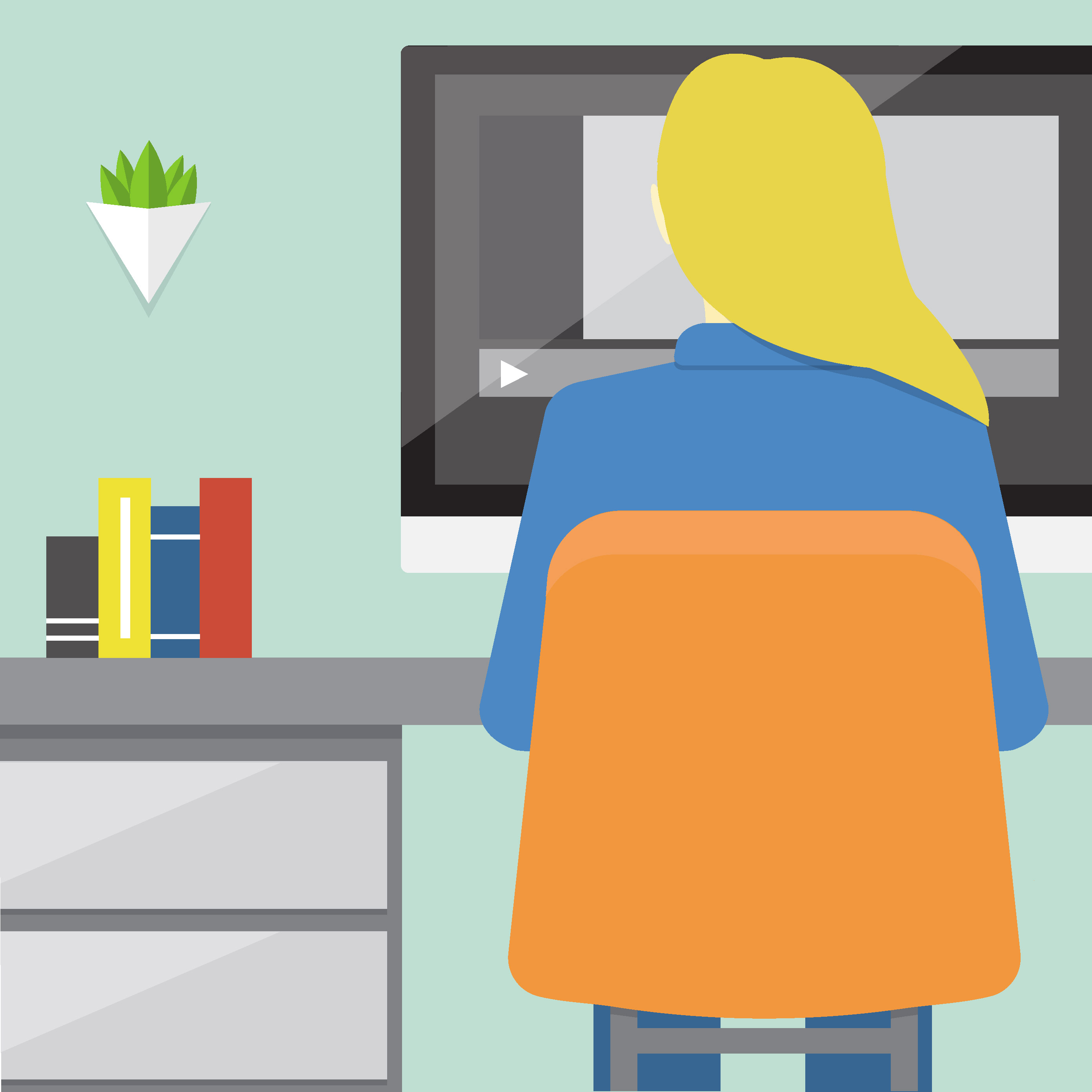ask the experts: layout
 hile creating a layout in an ad, brochure or a PowerPoint may seem simple, a lot more goes into it than most people think. To help you get a better understanding of the art behind the art, we’ve asked Emily Coplai (our lead designer) to give a deeper look.
hile creating a layout in an ad, brochure or a PowerPoint may seem simple, a lot more goes into it than most people think. To help you get a better understanding of the art behind the art, we’ve asked Emily Coplai (our lead designer) to give a deeper look.
1. What are some of your favorite layouts? Why?
Layouts that really get me jazzed are those that contain an unexpected element. You often see hidden elements in logos – such as the arrow in the FedEx mark. While we can’t usually do something like that in layout, we can build in things that grab people’s attention. For example, with brochures and booklets that have different pages and panels, carrying an image from one panel to the next in an interesting or unexpected way can provide an element of surprise that makes a layout truly special.
2. What’s one big mistake you think bad layouts have in common?
I think there are actually three big mistakes. First, little to no white space. If text or an image is too close to the edge of a page, or another object, it looks off. This is what designers call “tension”. Adding white space can help relieve that tension.
This leads to the second mistake, contrast. It’s important to scale things up and down in order to create more contrast between elements on the page. You don’t want everything to scream, and at the same time, you don’t want everything to whisper. Different elements require different weights on the page. That’s key.
Finally, maintaining a grid is very important when it comes to visual design. Layouts require organization, so it’s crucial to have a grid of two, three, or even 14 columns hidden in the background. This effectively aligns the components on the page (or pages) and creates a sense of unity.
3. What do you enjoy about creating layouts?
I enjoy the challenge of organizing information in different ways. There are so many things you can do with a layout, and the rules that apply to layout are not as restrictive as some people think. For example, lists don’t just have to be “boring” PowerPoint-style bullet points. You could delineate information using custom icons or an infographic instead. Plus, I love that no matter how much information there is, you can always make it work. In those cases, I approach layout as though it is a puzzle. You can’t always solve a puzzle in two minutes. The trick is finding the best way to make it all work.
4. How do you start a layout? What’s your process?
Each graphic designer has her own way of approaching a layout. While some map everything out from the beginning with a wireframe or sketch, I like to dive right in and start trying new things. Maybe all the elements won’t be in their final place right away, but I’ll put them together little by little to determine what works best. Or, if I’m designing promotional items like booklets or a multi-page document, I’ll approach it in a much more structured way. It all depends on the project.
 Catch-22 Creative" width="300" height="300" />About the Author:
Catch-22 Creative" width="300" height="300" />About the Author:
Emily Coplai is a Lead Designer and Partner at C-22 and has been with the company for 10 years. Over the past decade, she’s provided exceptional strategy, design, advertising and branding expertise to startups, established companies and Fortune 500 companies alike. Originally from Michigan, Emily graduated from Michigan State University in Advertising and Design and she loves rooting for her Spartans. Go Green!




